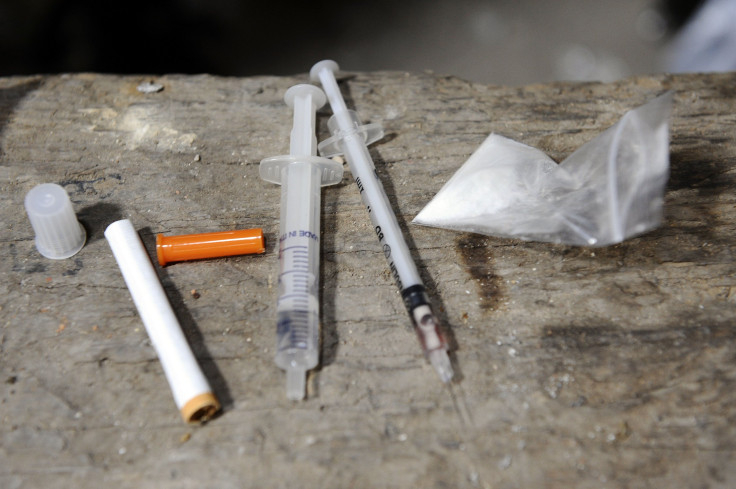Krokodil, Flesh-Eating Drug From Russia, Not In The United States, DEA Says: 'We Have Not Seen Any Cases'

The deadly street drug known as Krokodil -- a cheap alternative to Heroin that can rot the flesh of those who dare to use it -- is believed to have reached the United States after originating in Russia, but not everybody is convinced it’s in the country. According to FoxNews.com, the Drug Enforcement Administration (DEA) maintains they haven’t seen any confirmed cases of the drug in the U.S.
“We, the DEA, are not seeing cases of it,” agency spokeswoman Dawn Dearden said. “Nothing’s been turned into any of our labs. As far as the DEA is concerned, we have not seen any cases.”
Krokodil is a synthetic opiate made from a mixture of codeine, iodine, gasoline, lighter fluid, paint thinner and industrial cleaning oil. According to the Independent, users filter and boil these ingredients together before injecting the drug into the vein. The drug, whose medical name is Desomorphine, is more powerful than heroin.
Krokodil, the Russian word for crocodile, causes the skin to become rough and scaly, leaving many with amputated limbs due to gangrene after the flesh rots. FoxNews.com reports that as many as 1 million people in Russia have used Krokodil.
According to USA Today, the drug first appeared in Siberia in 2002 before spreading to the rest of Russia by 2010. Just two weeks ago, the first cases of Krokodil were reported in the United States in Arizona.
"We've had two cases this past week that have occurred in Arizona," Dr. Frank LoVecchio, the co-medical director at Banner's Poison Control Center, told KLTV. "As far as I know, these are the first cases in the United States that are reported. So we're extremely frightened," he continued.
Meanwhile, Krokodil cases are also being reported in Illinois. Dr. Abhin Singla of Presence St. Joseph Medical Center told NBC News that he had treated three patients with Krokodil in Joliet.
“It is a horrific way to get sick," Singla said. "The smell of rotten flesh permeates the room. Intensive treatment and skin grafts are required, but they often are not enough to save limbs or lives.”
“In the 12 years that I’ve been doing substance abuse and prevention education, it’s probably the most destructive drug I’ve ever seen,” addiction counselor Shelly Mowrey told ABC15.
© Copyright IBTimes 2024. All rights reserved.





















